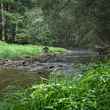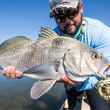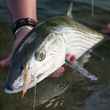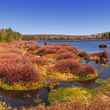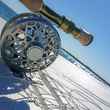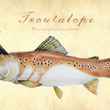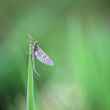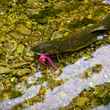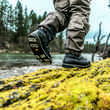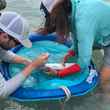RIO has added to its extensive lineup of fly fishing leaders a new series of leaders built on RIO's Suppleflex material. These new knotless, tapered Suppleflex leaders are designed specifically for trout fishermen who fish small flies in careful, delicate presentations. If you like fishing soft hackles, size 24 blue-winged olives, or impossibly tiny midges, these leaders are for you.
According to RIO, their new Suppleflex trout leaders will appeal to dry fly aficionados not only because of their supple material, but because of several other added features as well. RIO describes their new leaders as "specifically designed for the angler that requires the ultimate in presentation and for fishing with small flies. Each leader is made of the softest, most supple nylon available which allows flies to have the very best drag free drift and the most natural presentation possible, while a hand-tied perfection loop on the butt end permits ultra-quick rigging. The dark olive butt section is a great asset for spooky fish and fits in perfectly when fishing with subtle fly line colors, yet the unique chemistry of the leader ensures the front tippet end is completely clear."





